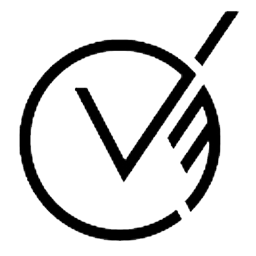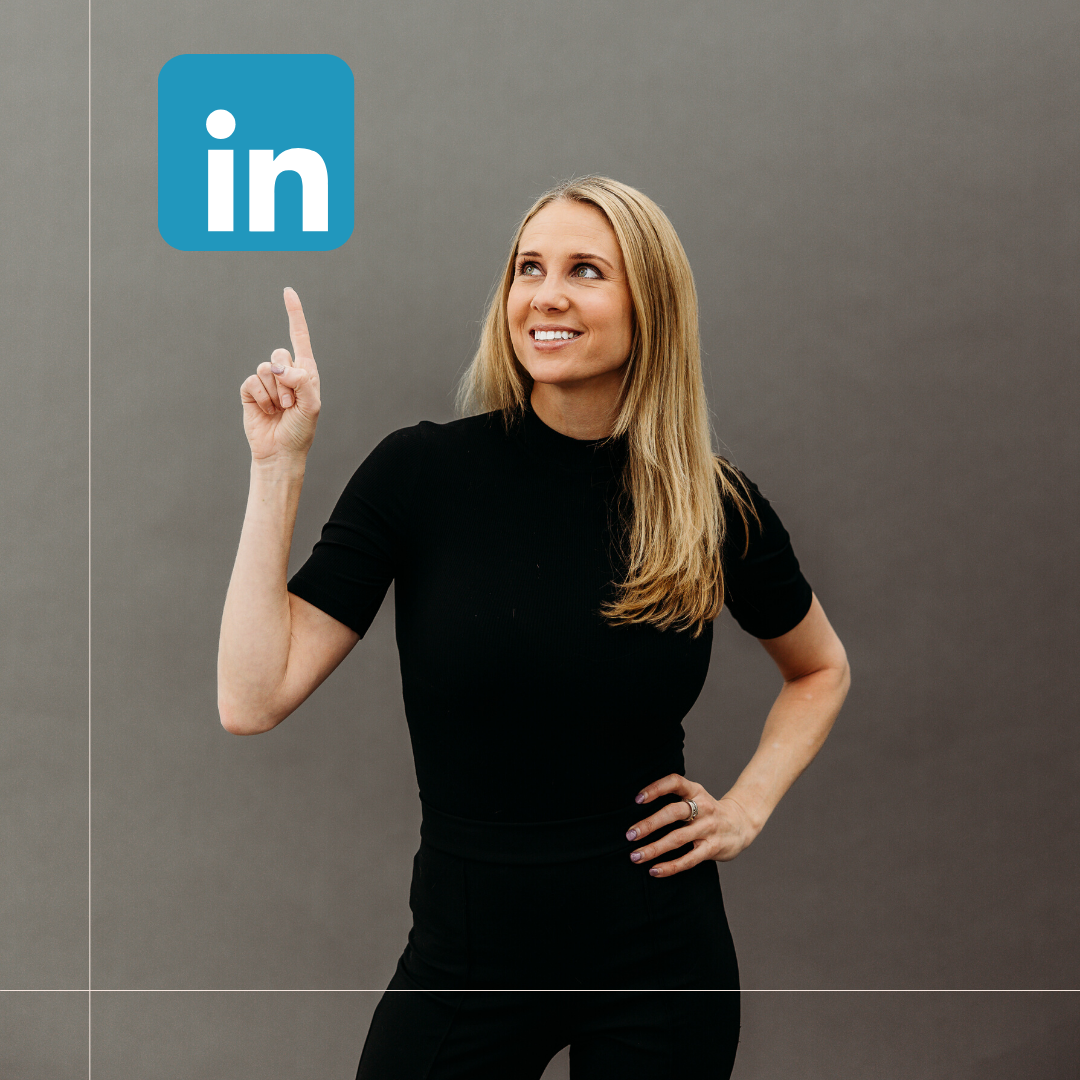LinkedIn has become one of the most effective platforms for businesses and marketers aiming to connect with their ideal prospects and drive sales.
The Financial Potential of LinkedIn Users
LinkedIn is home to a financially robust user base. The average LinkedIn user earns over $75,000 annually, placing them in their peak earning and buying years, typically between the ages of 25 and 55. This makes LinkedIn an ideal platform for marketers looking to reach individuals with substantial purchasing power.
A Platform Primed for Business
Unlike other social media platforms that focus on entertainment and socializing, LinkedIn users are there to learn, network, and make business decisions. This mindset makes them much more receptive to sales outreach and business conversations, providing a fertile ground for marketers.
Lower Competition, Higher Visibility
One significant advantage of LinkedIn is the lower competition for attention. Only about 5.2% of LinkedIn’s 135 million daily active users create original content, meaning there’s less noise to cut through compared to other social channels. This increases the chances that your well-crafted content will reach and engage your target audience.
Reaching Ideal Prospects at Scale
LinkedIn’s powerful search capabilities allow you to find and connect with decision-makers based on specific attributes like job title, company, location, university affiliation, group membership, and event attendance. No other platform offers this level of professional targeting, making LinkedIn an unparalleled tool for B2B marketers.
How LinkedIn’s Evolution Impacts Marketing Strategies
LinkedIn’s algorithm has evolved over the years, and understanding these changes is crucial for maximizing engagement. The platform is shifting from prioritizing engagement probability to focusing on interest relevancy. This means LinkedIn is now more likely to show users content that aligns with their interests, even if it’s older content.
LinkedIn analyzes each user’s “interest graph,” mapping out the topics and subtopics they tend to engage with. By understanding users’ interests, LinkedIn can surface content that resonates with them, such as suggesting relevant posts.
Previously, motivational content often gained massive reach on LinkedIn. However, the current algorithm favors posts that demonstrate subject matter expertise through the strategic use of meaningful keywords across the LinkedIn landscape. This includes a user’s posted content and profile that aligns with a user’s stated interests and behaviors.
When someone searches for a specific topic on LinkedIn, like “financial advice,” the platform acts like a search engine, surfacing relevant content. For example, even if a post about financial advice was created months ago, LinkedIn might still show it to a user if it was a high-performing post written by a recognized expert.
Another unique aspect of LinkedIn is its use of human editors to review content and ensure it fits the platform’s professional brand. LinkedIn aims to be known for career development, hiring, entrepreneurship, and related professional topics. This editorial focus aligns with their Talent Solutions business model, where employers pay to use LinkedIn as a recruiting tool.
Using LinkedIn for Sales
1. Targeting Ideal Prospects
One of LinkedIn’s strengths is the ability to identify and connect with your target buyers at scale. Here are several organic techniques for finding prospects:
Advanced Search
LinkedIn’s advanced search allows you to find people based on multiple criteria and keywords. This feature is invaluable for identifying individuals who fit your ideal customer persona. You can filter results by:
- Job title: Search for people with specific job titles that match your target audience, such as “VP of Marketing,” “HR Director,” or “CEO.”
- Company: If you have a list of target companies, you can search for decision-makers within those organizations.
- Location: Narrow your search by geographic area, such as a city, state, or country.
- Past companies: Look for people who have worked at companies that align with your ideal customer profile.
- Schools attended: Target alumni from specific universities or educational backgrounds.
By using these search filters, you can create highly targeted lists of prospects who are more likely to be interested in your offerings.
LinkedIn Groups
LinkedIn Groups are online communities where professionals discuss business topics, share insights, and ask questions. These groups can be goldmines for finding potential customers who are engaged in conversations related to your industry or niche.
Search for keywords related to your business or industry to find relevant groups. Join the groups that seem most active and relevant to your goals. Once you’re a member, pay attention to who consistently posts, comments, and starts discussions. These individuals are likely more open to connecting and having conversations since they’re already engaged in the topic.
You can also use groups to demonstrate your expertise by sharing valuable content, answering questions, and participating in discussions. This can help you build credibility and attract potential customers’ attention.
Lookalike Profiles
Another effective way to find ideal prospects on LinkedIn is to identify individuals who closely resemble your best customers or influential people in your industry. These “lookalike” profiles can lead you to more people who share similar characteristics and are likely interested in your products or services.
Start by listing your top customers or influential people in your industry. Search for these individuals on LinkedIn and visit their profiles. Take note of who is liking, commenting on, and sharing their posts. These people are engaged with content related to your industry and may be interested in what you offer. Look at the groups they belong to and the events they attend to find more potential prospects.
2. Pulling Prospects Into Your Network
Once you’ve found prospects, the next step is to send a personalized connection request that shows relevance and establishes common ground. When reaching out to someone on LinkedIn, the approach depends on whether they are a 1st, 2nd, or 3rd-degree connection.
For 2nd and 3rd-degree connections, send a connection request with a personalized message. To increase the chances of acceptance, be likable in your note or “hook” by asking for advice or giving a compliment. Call out why you’re reaching out, whether it’s a shared interest, group membership, content engagement, or something impressive on their profile.
For example:
- “I noticed you engage with [influencer]’s content.”
- “I saw you registered for [event] and thought we could connect.”
- “As a fellow [university] alum, I’d love to connect with you.”
The key is to ensure your message is accurate and personalized. Avoid generic messages, as they are more likely to be denied or marked as spam. LinkedIn tracks your invitation acceptance rate, so having personalized, relevant messages can help you successfully connect with more people over time.
Suppose you’re trying to reach marketing entrepreneurs on LinkedIn. You could look at who likes and comments on Gary Vaynerchuk’s LinkedIn posts because his target audience is similar to yours. You could reach out to those people by saying, “Hi, I noticed you engage with Gary V’s content. If you like his podcast and posts, I think you’ll enjoy mine too. I’d love to provide value to you through my content.”
By reaching out to people who already engage with similar content, you can “acquire” followers from the influencer. These new connections will start engaging with your posts, helping you gain more visibility.
Direct Messaging (DM) Your LinkedIn Connections
Direct messaging is the highest viral action on LinkedIn. If you DM someone, they are 85% more likely to see your posts. After accepting your invitation to connect, aim to move your new connections through the sales funnel by providing value and building a relationship.
In a DM, introduce yourself briefly and explain how you help people like them. Offer a genuinely useful resource, such as an eBook, whitepaper, calculator, quiz, or cheat sheet, that helps solve a problem they face. This should be a high-quality lead-generation magnet that showcases your expertise.
For example, if you connected with a social media manager, you could say: “Hey [Name], thanks for connecting! I’d love to share my free LinkedIn cheat sheet with you. It’s packed with tips for optimizing your profile and content. Let me know if you’d like me to send it over!”
Ensure your gated asset links them to a landing page where they enter their email to access the free resource. This gets them on your email list so you can create an opportunity to nurture the relationship outside of LinkedIn. Always end your messages with a question like “What did you think of the cheat sheet?” to encourage a response and keep the conversation going.
Leading Your Connections Through the Sales Funnel
Once you’ve delivered value, consider inviting prospects to a “mid-funnel” activity that involves a two-way interaction, like a webinar, workshop, or free consultation call. This step is where you can showcase your expertise and continue to provide more value while making a soft pitch for your paid offer. Creating a direct sales pitch is easier since you’ve nurtured the relationship and are interacting away from LinkedIn.
Your goal is to turn connections into customers by guiding them through your marketing funnel, focusing on providing upfront value.
Tracking Your LinkedIn Connections
If you want to grow your LinkedIn profile and manage outreach, use LinkedIn’s built-in features to keep track of your messages and connections.
One helpful feature is starring messages. You can star important messages to find them easily later. Another trick is to use hashtags within your messages. For example, if you’re running a campaign with Constant Contact, you could include “#ConstantContact” or “#CC” in your messages. Then, you can search for that hashtag later to find all the relevant messages.
Keeping a spreadsheet is another way to stay organized. You can use it to track different campaigns, connections, and outreach efforts.
The key is to create a daily routine for your LinkedIn activity. This might include:
- Sending new connection requests each day
- Checking and responding to new connections
- Sending messages to new connections
- Following up with existing connections
By maintaining a consistent flow of activity, you can steadily grow your network and build relationships. It’s less about perfect tracking and more about regular, targeted effort.

